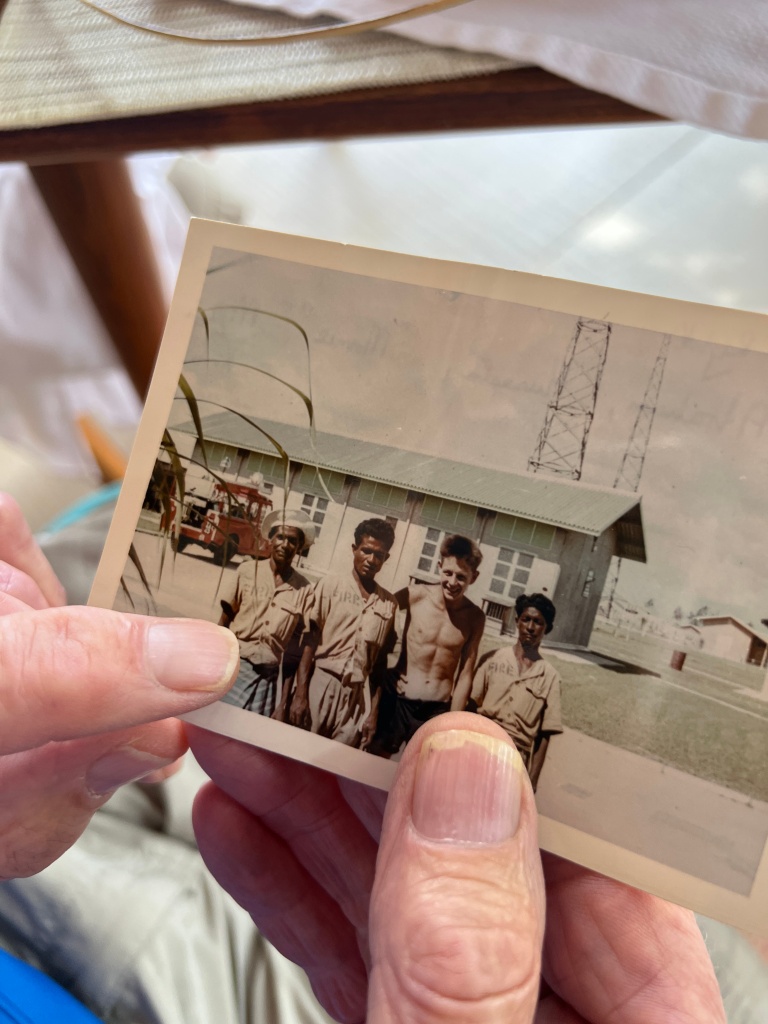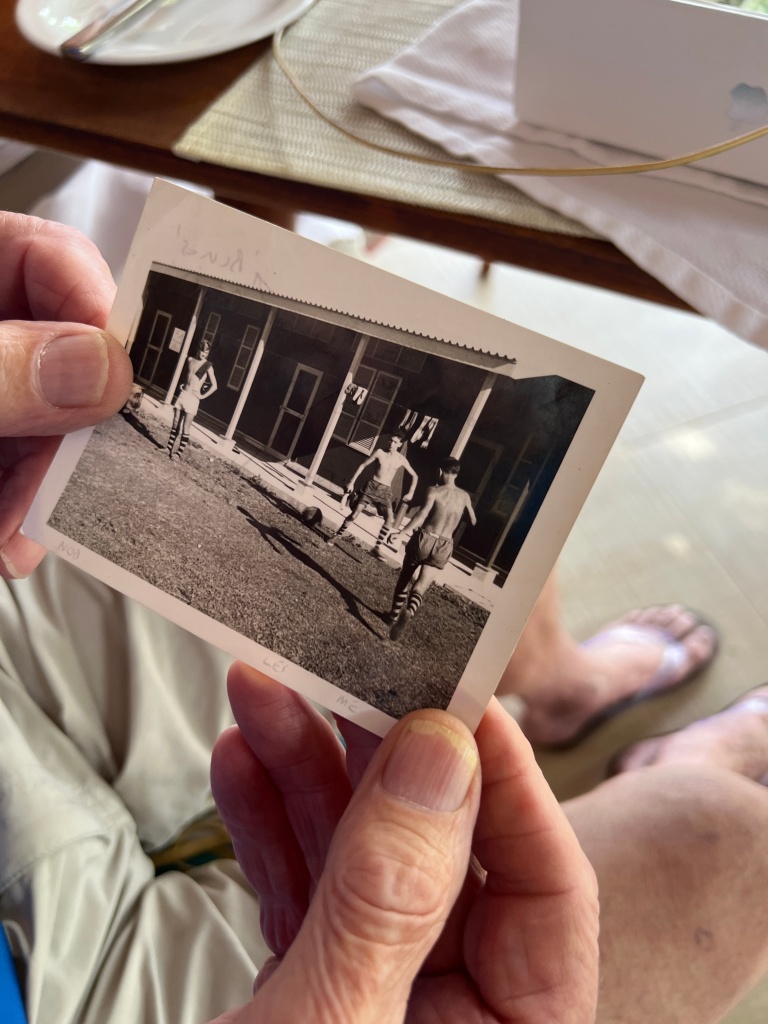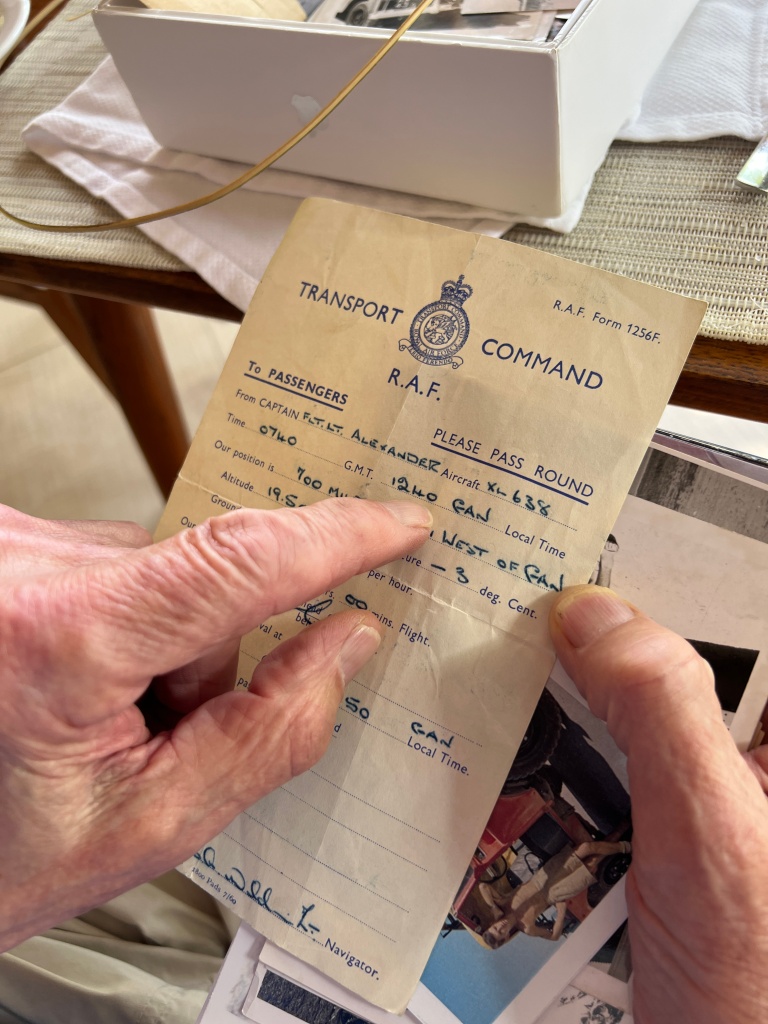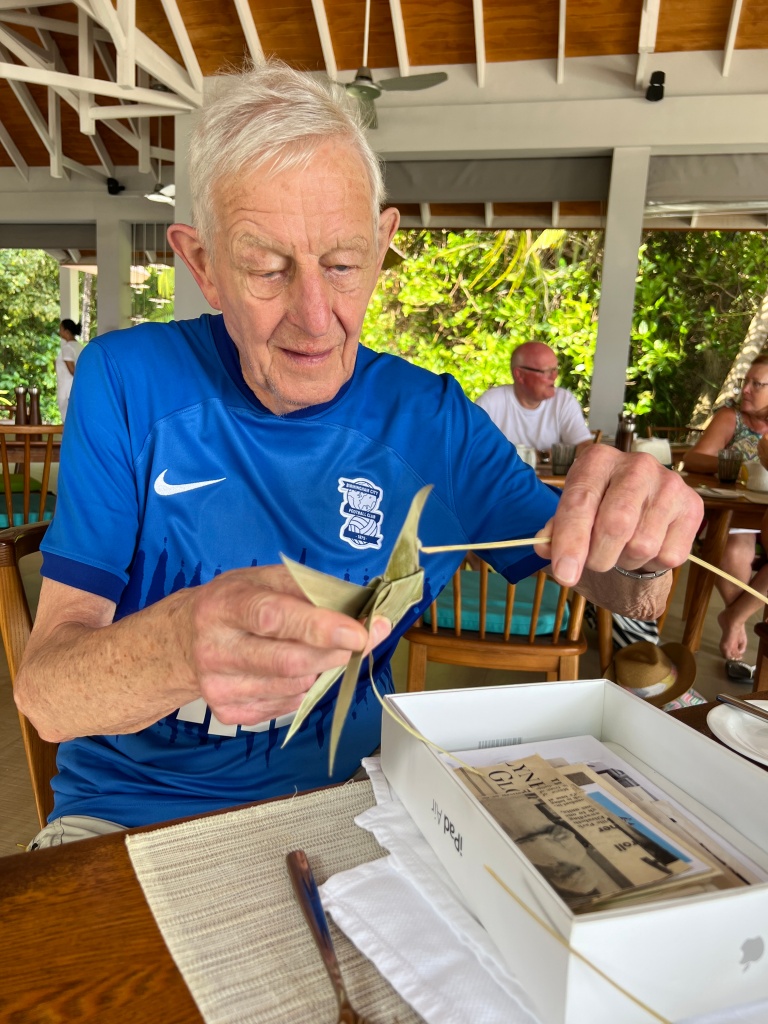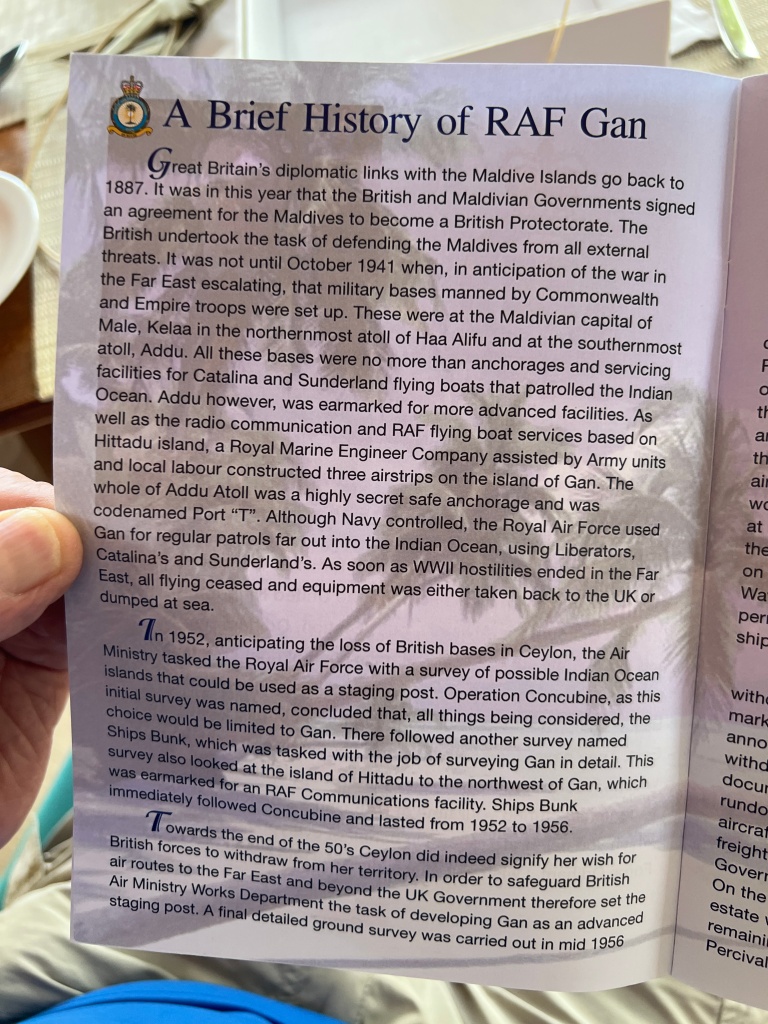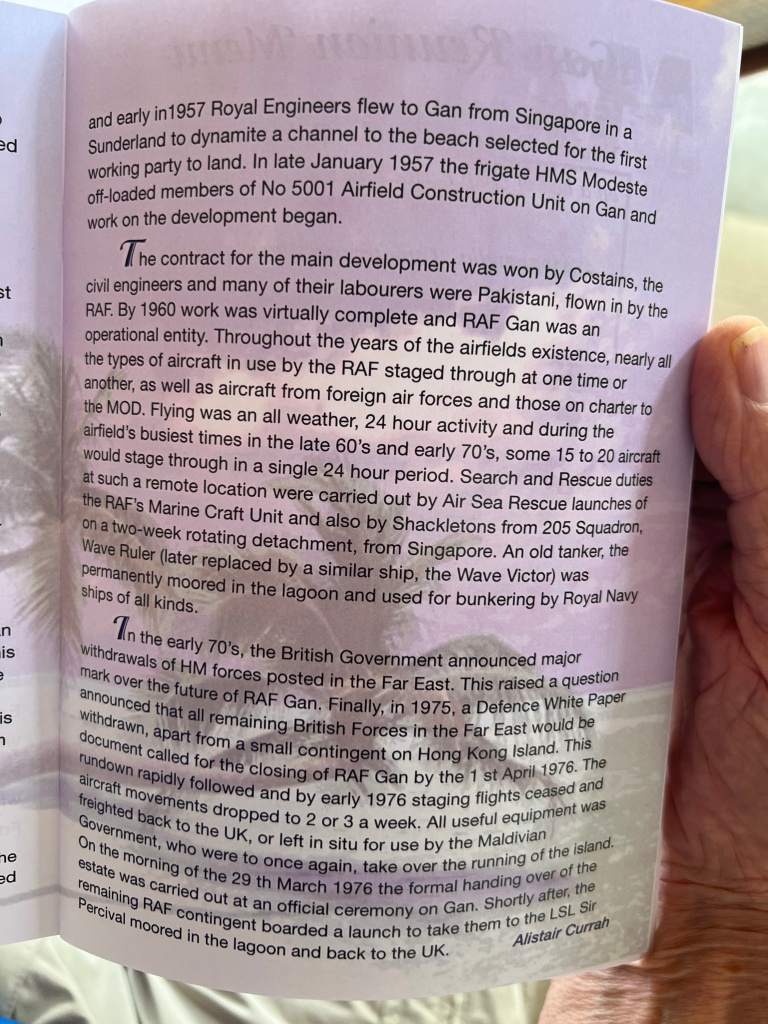Last week my family celebrated my 50th birthday. This is a big milestone in life. Reaching 50 in relatively good health and good shape (Yes! Round is nice) is a blessing.
Throughout the week, my nieces and nephews kept asking me the same question: Hassanbey/Dhobeybey, how does it feel to be 50?
My immediate answer is obvious: old. It feels old to have been alive for 50 years. They also ask me follow-up questions on what I have learned and what I would give them as advice.
When my son turned 18 a few years ago, I wrote two lines of advice: Live responsibly, young man. Freedom is an intoxicant, and time is an illusion—use both wisely.
I would think that the most important life lesson for anyone is the realization over time that time, indeed, is an illusion. Time is also elusive. It is a double-edged sword – it is both powerful and perilous at the same time. Success comes from harnessing the power of time and managing it as much as possible. I have often advised young men and women to educate themselves on Murphy and Parkinson’s ideas of time management.
Embrace Change and Lifelong Learning: Over two decades, I have witnessed and adapted to significant changes in my personal and professional lives. A key lesson is the importance of staying flexible, embracing change, and committing to lifelong learning to stay relevant and fulfilled.
Become anti-fragile, cultivate resilience and perseverance: Throughout my blog, I have shared challenges and setbacks. A vital life lesson is the power of resilience and perseverance—how to weather storms, learn from failures, and keep moving forward.
Value Relationships and Community: Personal and professional growth doesn’t happen in a vacuum. Highlight the importance of nurturing relationships, building a supportive community, and the impact of collaboration and networking.
Balance and Well-being: After years of juggling various roles and responsibilities, you understand the significance of maintaining a healthy life balance and prioritizing well-being, including mental, physical, and emotional health.
Give Back and Pay It Forward: With your wealth of experience, you recognize the importance of giving back to society and helping others. Sharing knowledge, mentoring, and contributing to causes you care about can be fulfilling aspects of a well-lived life.

Some of the modern concepts we have borrowed from other cultures don’t necessarily address our challenges. Sometimes, I make sarcastic remarks about my wife’s self-care routine and it is a good example where we could potentially go overboard on one thing if we do not consciously balance what we do in life.
One final word of advice for those in their 20s or just getting into their 20s – this is the decade that makes or breaks it when it comes to staying healthy in your senior years. One thing that really matters is self-control: don’t do anything that will be detrimental to you over the long run.
Reflect on your life. Spend time wisely.





